Your Guide to Facebook Automation: Save Time and Boost Engagement
Running a Facebook page takes time and work. Content posting, responding to comments, and monitoring interactions may be taxing. Facebook automation guarantees consistency, saves time, streamlines chores, and boosts interaction. Automation improves social media success with the appropriate methods by keeping a consistent posting schedule and offering fast responses.
Since too much automation could make interactions seem robotic, human involvement is crucial in balance. This article examines Facebook automation's advantages, main tools, and recommended practices. It also points out typical errors to avoid. Automation can simplify your work, whether running a personal or commercial page. Use this technique to maximize your Facebook approach and save priceless time.
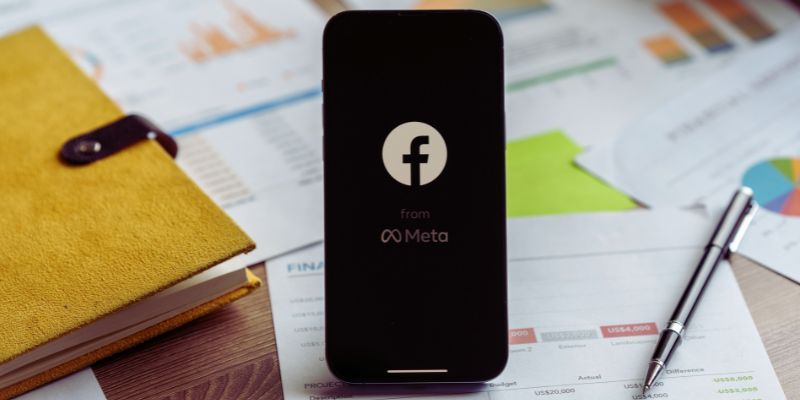
What is Facebook Automation?
Facebook automation is the application of software tools to simplify and control activities, including content uploading, message response, and tracking user involvement. It saves companies and people from manually maintaining a regular internet presence. Social media management is more effective when automation technologies schedule posts, send automated responses and examine performance data. Automation saves time, improves involvement, and guarantees quick responses to followers by lowering repetitive duties.
Enhanced audience connection and more brand visibility help companies. But too much automation might make conversations seem cold. Hence, it's important to balance automation with human involvement. Meta Business Suite, Buffer, and Hootsuite are popular solutions with many automation capabilities. These instruments track performance information, increase reach, and help to maximize content strategy.

Benefits of Facebook Automation
Facebook automation saves time, increases engagement, and guarantees consistency in publishing and interactions, thereby simplifying social media management.
- Saves Time and Effort: Automaton reduces manual effort by providing a continuous content flow and planning for postings. Chatbots respond to basic customer questions, leaving page managers to focus on more important tasks. Automated responses save crucial time and boost efficiency.
- Boosts Engagement: Timing postings to optimize visibility and interaction enhances automated tools' ability to schedule posts depending on audience activity when engagement is highest. This results in better reach, more sharing, commenting, and liking, and increased general involvement.
- Ensures Consistency: Regular publication engages readers and keeps them interested. Automation ensures a constant stream of posts, therefore avoiding content gaps. Consistency over time encourages viewers' trust and brand visibility to flourish.
- Improves Customer Support: Chatbot instant responses accelerate responses and improve customer experience. Fast assistance guaranteed by automated responses increases viewer trust and brand reputation.
- Provides Data and Insights: Automation tools log interaction, performance, and audience behavior. Analytics provide smart analysis that helps businesses enhance their content strategies for the best results.
Essential Facebook Automation Tools
Many technologies have helped Facebook automation to become easier. These are the best choices:
- Meta Business Suite: Meta's internal tool facilitates effective Facebook page management. It provides performance tracking, messaging automation, and post-scheduling. For improved social media management, companies can schedule content, automate responses, and examine interaction numbers.
- Hootsuite: Hootsuite allows users to schedule posts across several platforms, including Facebook. It offers performance tracking and analytics to evaluate involvement. Companies use it to maintain a regular posting schedule and track audience interactions.
- Buffer: Buffer's post-scheduling and analytics help simplify social media administration. They enable companies to handle comments and monitor participation properly. The tool offers an understanding of content performance, which improves strategy planning.
- ManyChat: ManyChat uses chatbots to respond on Facebook Messenger automatically. Its quick replies improve customer support. Companies can apply it to increase involvement, speed up responses to questions, and simplify correspondence.
- Sprout Social: Advanced scheduling, analytics, and engagement options abound from Sprout Social. It is perfect for companies keeping several social media profiles effective since it provides team communication tools.
Best Practices for Facebook Automation
Strategic planning is essential for effective Facebook automation to keep engagement, customize interactions, and prevent depending too much on automated technologies.
- Maintain a Personal Touch: Interact personally with your followers to avoid robotic posts. Humanizing responses helps to build trust and rapport. Automated replies should be conversational and natural to enhance the user experience.
- Schedule Posts Smartly: Use statistics to determine ideal posting times. Posting when followers are most active increases involvement. Avoid publishing too often or at strange hours to keep the audience engaged and preserve balance.
- Monitor Automated Responses: Chatbots should respond honestly and relevantly. Review and update automatic messages often in response to user comments. Badly run automation can irritate employees and lower involvement.
- Keep Content Varied: For maximum involvement, balance automated and real-time posts. Share live updates, user-generated material, and tales. Steer clear of repetitious scheduling to keep material interesting and current.
- Track Performance Metrics: Record participation and performance. Use analytics to hone automation plans and enhance material for maximum social media success.
Avoiding Common Facebook Automation Mistakes
Balancing automation with genuine participation and avoiding frequent automation errors guarantees efficient social media administration.
- Over-Automation: Too much automation could make posts seem robotic and compromise authenticity. If automation substitutes for human engagement, followers could feel cut off. Maintaining relationships depends on juggling automation with real involvement.
- Ignoring Comments and Messages: Automation cannot completely replace human interaction. It's imperative to respond to critical messages personally. Ignoring comments could sour ties and erode brand confidence.
- Posting Irrelevant Content: Scheduled posts should fit audience tastes and present trends. Publishing obsolete or pointless material could damage your brand's reputation. Always change posts depending on current happenings.
- Overusing Chatbots: Chatbots should help rather than replace all consumer interactions. Certain questions require human assistance. Using chatbots excessively can irritate followers; hence, always offer a physical help alternative.
- Not Reviewing Analytics: Ignoring analytics could result in poor involvement. Review insights often to hone tactics and increase performance, guaranteeing greater outcomes.
Conclusion:
Facebook automation guarantees consistent content, saves time, and increases interaction. It streamlines chores such as analytics tracking, messaging, and post-mortem scheduling. The correct tools will help companies and artists effectively run their pages. Automaton should not, however, totally replace human connection. Proper use of automation helps to keep Facebook's interesting and dynamic presence. Automate posts in balance with real-time interaction. Track chatbot answers and maintain the freshness of the material. Track performance indicators to hone plans and increase output. Following best practices will help improve your Facebook plan.
Related Articles
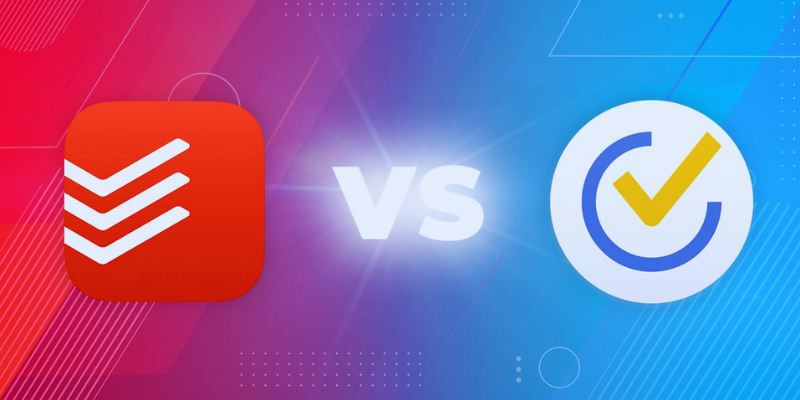
TickTick vs. Todoist: Which To-Do List App Should You Choose

Free Cam Review and Its Best Screen Recorder Alternatives

SkedPal vs. Motion: A Detailed Comparison to Find Your Perfect Scheduling App

Choosing the Right Tool: The 6 Best Predictive Analytics Software Options

Discover the 4 Best Journal Apps for Organizing Your Thoughts

Convert SWF to MP4: Top 5 Converters for Different Platforms

Recover Deleted Files Easily with These Top Free Recovery Tools
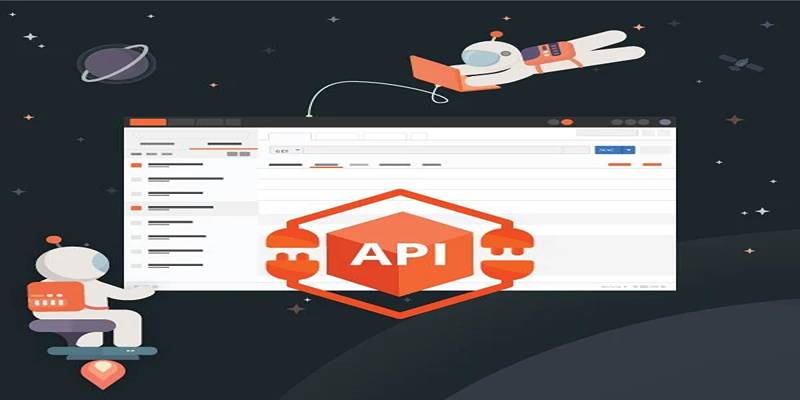
How to Use Postman for API Testing: A Complete Getting Started Guide

2025’s Top AI Tools for Converting Images into Videos

Best Way to Convert MKV to MP4 for Smooth Playback and Streaming
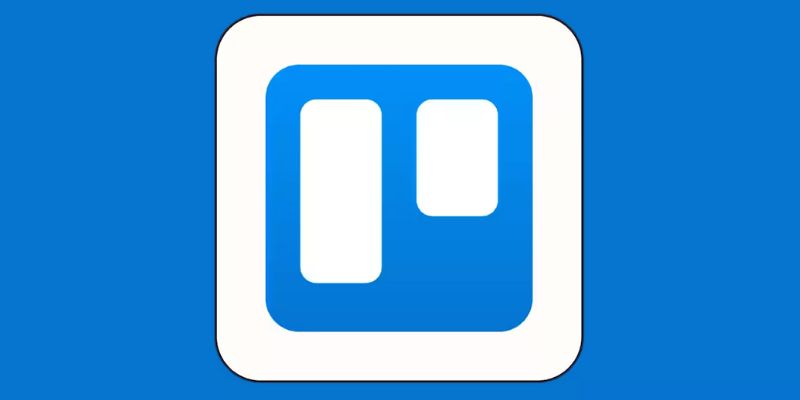
4 Trello Calendar Views to Help Visualize Your Projects Effectively
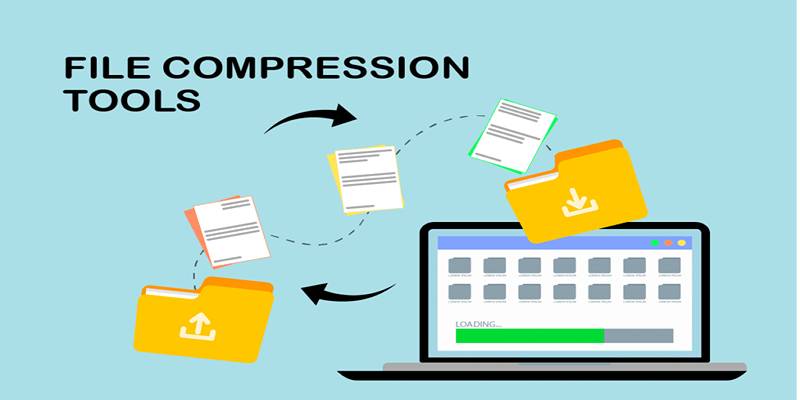
 knacksnews
knacksnews